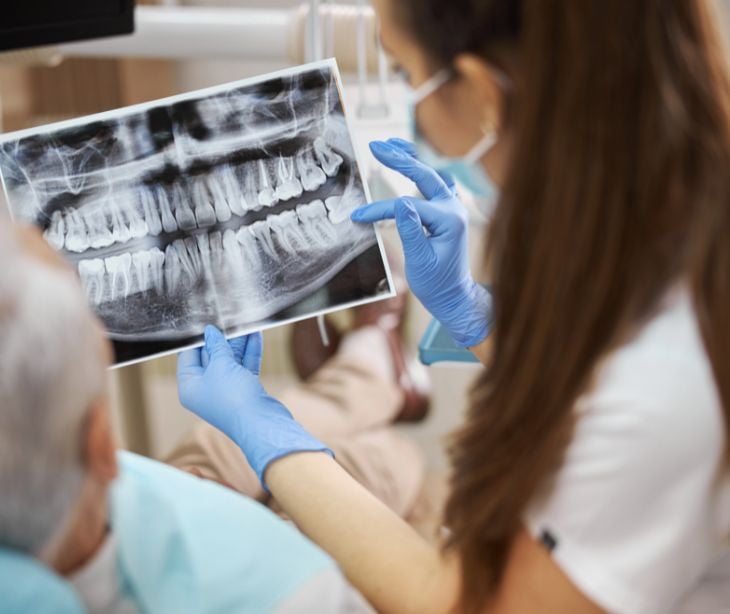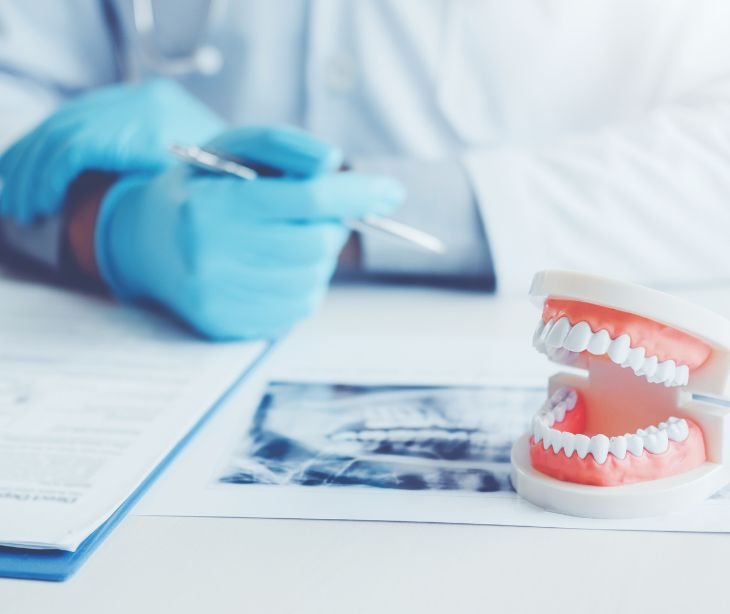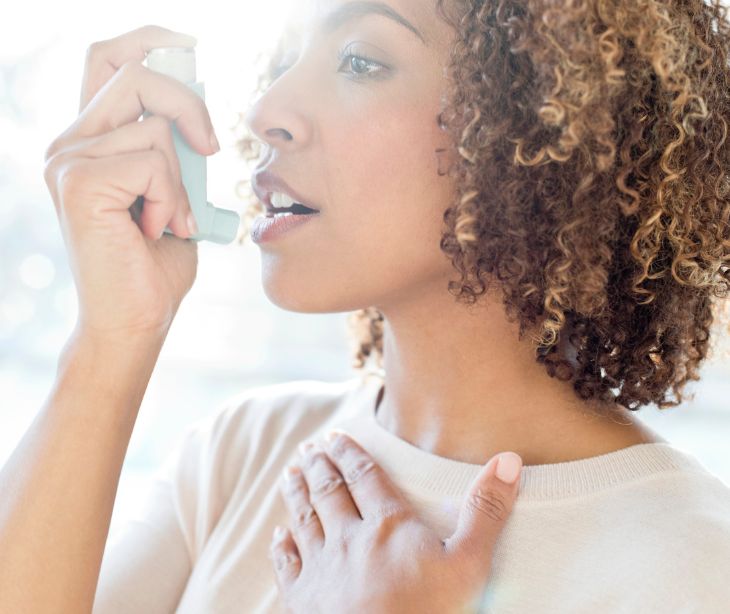
Dental imaging can be shared through text messaging if the platform is HIPAA compliant and encrypted, ensuring the privacy and security of patient information. Standard text messaging platforms are not usually permitted, as they do not offer the necessary security measures and could lead to HIPAA violations. Using secure messaging platforms specifically designed for healthcare communication that comply with HIPAA regulations is permissible, provided the platform is verified for compliance and proper patient consent is obtained.
HIPAA and PHI
In dental practices, PHI encompasses all patient-specific information, including dental imaging, used for diagnosis and treatment planning. The HHS states that "Individually identifiable health information is information, including demographic data, that relates to the individual's past, present or future physical or mental health or condition.". That means that dental professionals are bound by HIPAA regulations to safeguard the privacy and confidentiality of dental imaging, just as they would with any other PHI.
Read more: Dental imaging and HIPAA compliance
The HIPAA privacy rule and dental imaging
The HIPAA privacy rule governs the use and disclosure of PHI, aiming to balance protecting patients' privacy and allowing necessary information sharing for treatment purposes. Under this rule, dental practices must obtain patient consent and provide proper disclosures when handling dental imaging.
Obtaining written consent from patients allows dental practitioners to use and disclose dental imaging for treatment, payment, and healthcare operations. Patients must be informed about the specific purposes for which their dental imaging will be used and to whom it may be disclosed. This transparency helps patients make informed decisions and promotes trust between patients and their dental providers.
Challenges with text messaging and dental imaging
- Interception and unauthorized access: Text messaging is inherently vulnerable to interception, making it unsuitable for transmitting PHI without appropriate safeguards. Unauthorized access could compromise patient privacy.
- Misdirected sharing: Auto-complete features and saved messages may lead to misdirected sharing of dental imaging, raising privacy concerns.
- Mobile device risks: Text messages are stored on mobile devices, which can be lost or stolen, potentially exposing sensitive patient data to unauthorized parties.
- Lack of audit trail: HIPAA requires covered entities to maintain an audit trail of all PHI disclosures. Regular text messaging lacks robust audit trail capabilities, making it difficult for dental practices to track and document the sharing of dental imaging adequately. Without an audit trail, it becomes challenging to demonstrate compliance with HIPAA regulations in the event of an audit or investigation.
- Limited control over data retention: Many text messaging applications retain messages on devices or servers for an extended period. Dental practices have limited control over the retention and deletion of messages, raising concerns about the secure disposal of PHI when it is no longer needed. This poses challenges in adhering to HIPAA's requirements for data retention and disposal.
- Potential for insecure backups: Some mobile devices automatically back up messages to cloud services. If not adequately secured, these backups may expose dental imaging and other PHI to unauthorized access from cloud providers or hackers.
Recommended HIPAA compliant methods for sharing dental imaging
- HIPAA compliant messaging apps: Secure messaging apps that meet HIPAA standards offer encryption, multi-factor authentication, and secure data storage. These apps are designed explicitly for healthcare professionals to exchange PHI securely. Dental practitioners can use these apps to share dental imaging with colleagues, specialists, or patients while maintaining privacy and compliance.
- Encrypted email services: Dental practices can use HIPAA compliant email services to send dental imaging securely.
- Secure file-sharing platforms: Specialized platforms designed for sharing medical data securely provide encryption and access controls. They allow dental practitioners to share dental imaging with authorized parties securely.
FAQs
Can dental imaging be shared through regular email services?
Regular email services typically lack the necessary encryption and security measures to comply with HIPAA regulations, making them unsuitable for sharing dental imaging.
Read more: FAQs: All about HIPAA compliant emails
What happens if dental imaging is accidentally shared with the wrong person?
If dental imaging is mistakenly shared with the wrong person, it constitutes a HIPAA breach, and the dental practice must report the incident and take corrective action to mitigate any potential harm.
Can dental imaging be shared via social media platforms?
No, sharing dental imaging on social media platforms is not permitted as these platforms do not comply with HIPAA's stringent privacy and security requirements.
Subscribe to Paubox Weekly
Every Friday we'll bring you the most important news from Paubox. Our aim is to make you smarter, faster.




